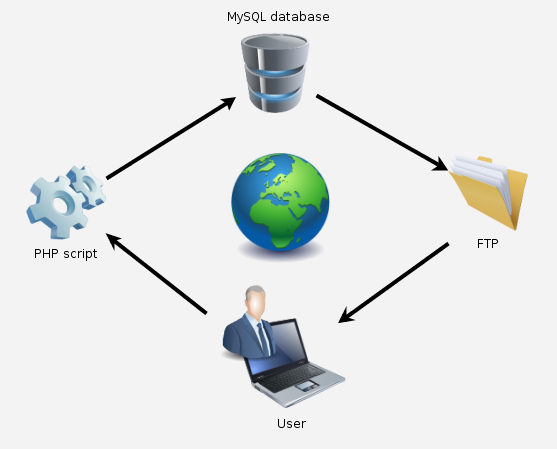How to perform MySQL/MariaDB backups: mysqldump command examples

Although there are different methods for backing up MySQL and MariaDB databases, the most common and effective one is to use a native tool that both MySQL and MariaDB make available for this purpose: the mysqldump command. As its name suggests, this is a command-line executable program that allows you to perform a complete export (dump) of all the contents of a database or even all the databases in a running MySQL or MariaDB instance. Of course it also allows partial backups, i.e. only some specific tables, or even only only a subset of all the records in a table.
 Creating a MySQL or MariaDB user and granting permissions to him to access a specific database and be able to write data on it is a very usual task that is necessary to perform each time you install a new application based on any of these database engines, like web applications running on top of LAMP stack. Whether it is a simple WordPress, or a more complex application tailor made, one way or another you will always have to complete these steps at some point before its deployment.
Creating a MySQL or MariaDB user and granting permissions to him to access a specific database and be able to write data on it is a very usual task that is necessary to perform each time you install a new application based on any of these database engines, like web applications running on top of LAMP stack. Whether it is a simple WordPress, or a more complex application tailor made, one way or another you will always have to complete these steps at some point before its deployment.
 After subscribing a new VPS server from my hosting provider, I found that although I could access to Plesk control panel properly, I was unable to access MySQL with the same admin’s user and password as used in Plesk. As a result, I couldn’t do anything with the database from the command line or in any other way. So I decided to manually change the admin user’s password via the mysql shell. After making such change I could perfectly log in to MySQL, but nevertheless the Plesk control panel stopped working, throwing the following exception:
After subscribing a new VPS server from my hosting provider, I found that although I could access to Plesk control panel properly, I was unable to access MySQL with the same admin’s user and password as used in Plesk. As a result, I couldn’t do anything with the database from the command line or in any other way. So I decided to manually change the admin user’s password via the mysql shell. After making such change I could perfectly log in to MySQL, but nevertheless the Plesk control panel stopped working, throwing the following exception: